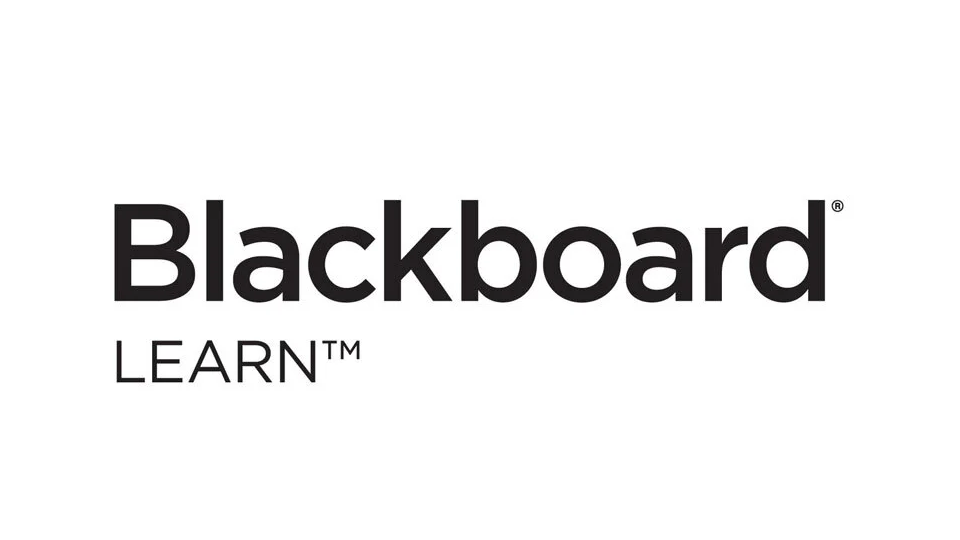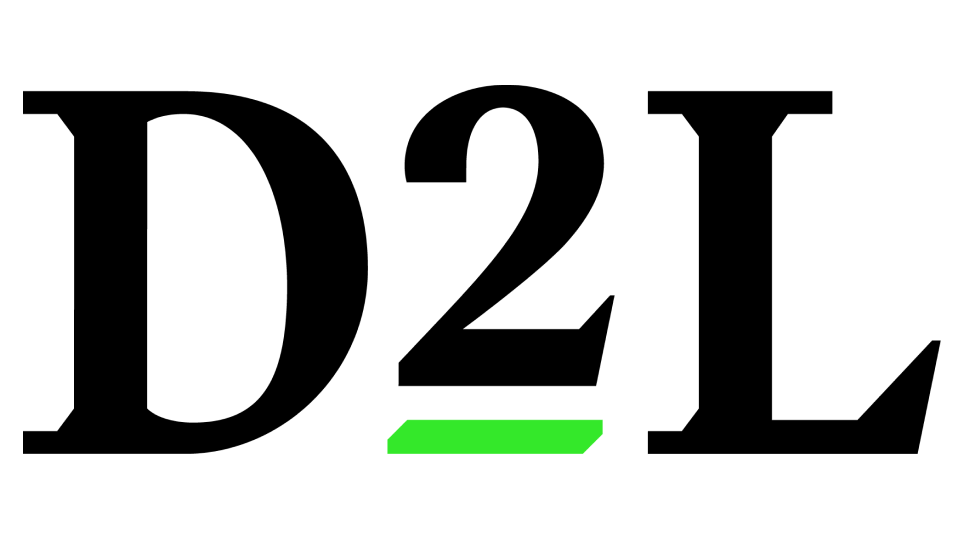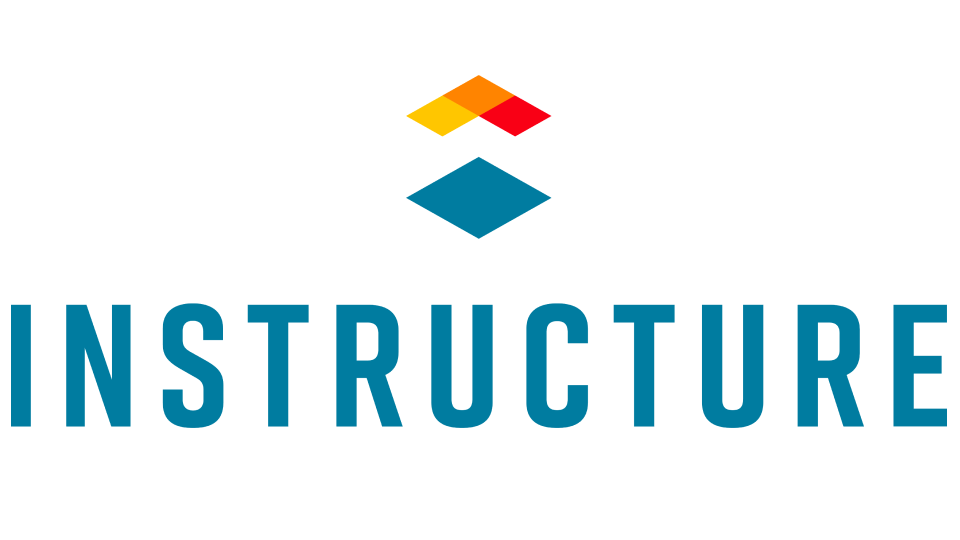Learning management systems (LMSs) have rapidly evolved in recent years, becoming crucial tools for delivering, managing, and tracking learning experiences among higher education students. These systems play a significant role in helping educators to create and deliver course content, monitor student participation, and assess individual performance. At higher educational levels, there is a demand for flexibility, accessibility, and personalization of educational content. This is where a robust and effective LMS can be invaluable.
Learning management systems in higher education are complex platforms. Designed to cater to different types of learning environments, they can be used for traditional classroom training, online learning, and blended learning. They typically offer features like course and content creation, grade books, virtual classrooms, data tracking, and reporting.
There is an extensive and diverse range of LMS software available for higher education, which can make it challenging to identify which solution is the best fit for your institution’s unique requirements. Each one typically comes with its own set of unique tools, functionalities, and interfaces. Therefore, choosing the right LMS requires a comprehensive understanding of not just the capability of the software, but also how it aligns with the objectives of your institution.
In this guide, we’ll help you choose the most suitable LMS for your organization. We’ll provide information about the top LMS for higher education, based on third-party integrations, user experience, support services, reporting capabilities, and user reviews.











